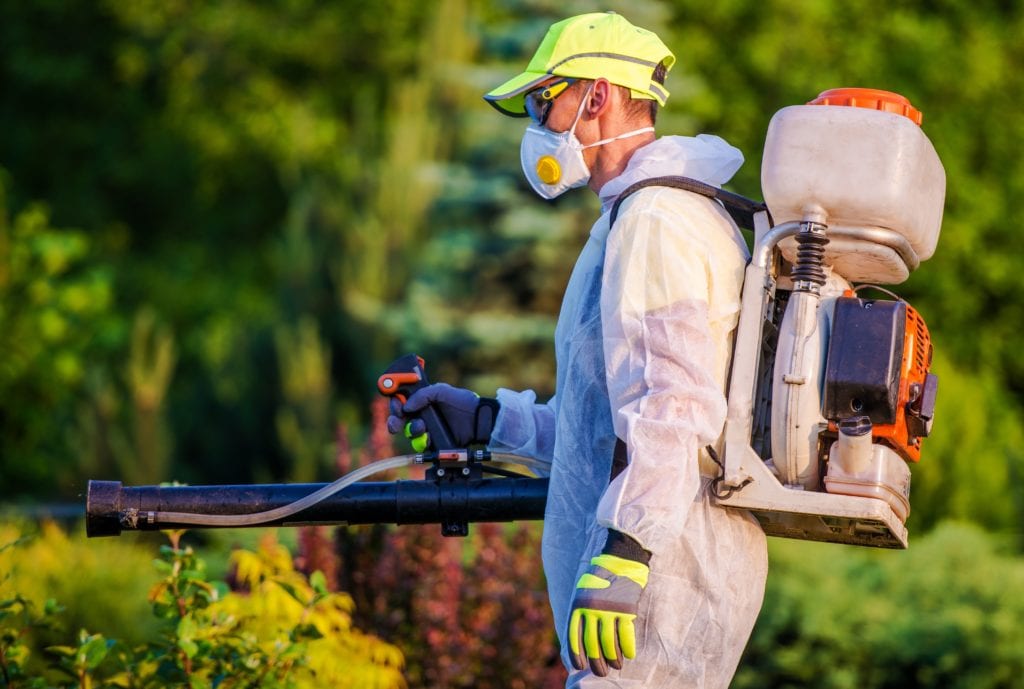Specialist Exterminator Services: Bid Farewell to Pests for Good!
Professional Pest Control Techniques for Long-Term Results
In the realm of insect control, accomplishing continual efficiency and long-term outcomes calls for a precise method that goes beyond mere extermination. Professional pest control strategies encapsulate a comprehensive method that starts with a detailed examination and assessment, adhered to by exact bug recognition to comprehend their behavior patterns. The implementation of Integrated Pest Administration (IPM) principles, combined with eco-conscious treatments, develops the foundation of lasting bug elimination. However, real test hinges on the ongoing tracking and maintenance of the treated locations, ensuring a pest-free setting for the foreseeable future. By delving right into the details of these techniques, a deeper understanding of specialist insect control approaches for sustaining results arises.
Examination and Assessment
Upon getting in a home for insect control solutions, the initial step is a comprehensive assessment and analysis to identify the degree of the invasion and figure out one of the most reliable treatment plan. Professional bug control service technicians are educated to meticulously analyze the premises, searching for signs of insect task such as droppings, gnaw marks, nests, or any architectural damage. They will likewise analyze the problems that might be attracting bugs, such as food sources, water leaks, or entrance factors.

Bug Identification and Behavior

Furthermore, understanding the actions of the identified pest is key to applying efficient control actions. Recognizing where bugs nest, what they feed on, and their task patterns can assist pest control experts design techniques to eradicate them successfully.
Integrated Insect Administration (IPM)
Integrated Parasite Administration (IPM) approaches incorporate numerous methods to regulate and stop insect problems in a lasting and eco-friendly way. exterminator. By integrating techniques such as organic control, habitat adjustment, alteration of social techniques, and the use of resistant selections, IPM intends to lessen using chemical pesticides
Among the vital concepts of IPM is the focus on prevention. This positive approach includes tracking bug populations consistently to find any type of prospective concerns prior to they rise. By recognizing parasite troubles beforehand, pest control measures can be executed swiftly and successfully.
Additionally, IPM promotes making use of safe bug control methods whenever possible. This can include utilizing natural killers of the insects, presenting helpful insects, or utilizing pheromones to disrupt breeding patterns. By lowering reliance on chemical pesticides, IPM not just protects the setting yet additionally helps keep a balance in the environment.
Environmentally-Friendly Therapies
Executing eco-conscious approaches in pest control procedures can properly address invasions while prioritizing environmental sustainability. Environmentally-friendly treatments focus on reducing the effect of parasite control approaches on ecological communities, non-target microorganisms, and human health and wellness. These approaches commonly entail using all-natural killers, such as ladybugs or nematodes, to regulate pest populaces, lowering the requirement for chemical treatments. Furthermore, methods like environment control, such as readjusting dampness levels or eliminating food resources, can aid prevent pests without making use of damaging materials.
One more trick facet of environmentally-friendly treatments is the usage of natural and naturally degradable items that break down quickly without leaving dangerous deposits in the setting. Herb insecticides stemmed from plants like chrysanthemums or neem supply reliable bug control while positioning very little danger to non-target species. Utilizing approaches like warmth therapies or pheromone catches can target particular pests with accuracy, lowering the overall environmental impact of parasite control techniques.
Ongoing Monitoring and Maintenance
Regular inspections by experienced professionals are needed to determine any indications of pest task, assess the performance of previous treatments, and make changes to the pest control strategy as needed. By monitoring bug populaces over time, insect control specialists can track trends, prepare for prospective issues, and implement preventive procedures to minimize the threat of future problems.
Along with tracking, maintenance practices are vital for lasting parasite control success. This pest control includes applying correct sanitation actions to get rid of prospective food and water sources for insects, sealing entry factors to avoid pests from going into the premises, and dealing with any structural issues that can facilitate insect problems (bed bug dog). By incorporating continuous tracking and upkeep right into an integrated insect monitoring strategy, organizations can make sure a pest-free environment and safeguard their property against pricey damage and health and wellness threats
Final Thought
In final thought, using specialist pest control techniques such as extensive assessment and analysis, accurate parasite identification and understanding of their habits, integrated pest administration methods, environmentally-friendly therapies, and ongoing surveillance and upkeep are necessary for achieving lasting lead to parasite control. By applying these approaches, people can efficiently manage parasite problems and keep a pest-free atmosphere in a sustainable way.